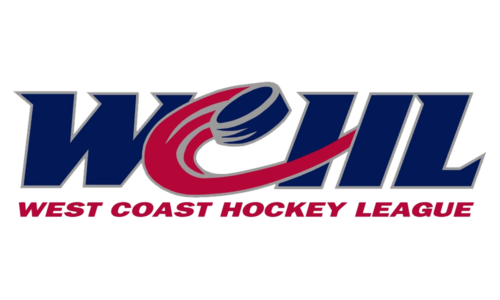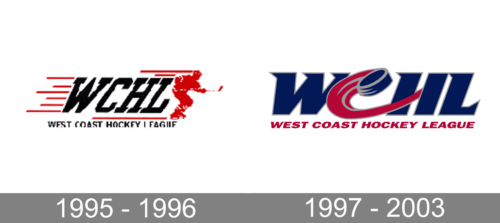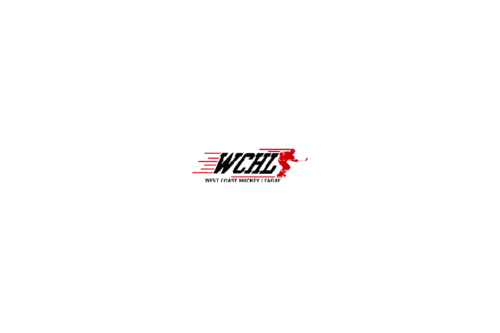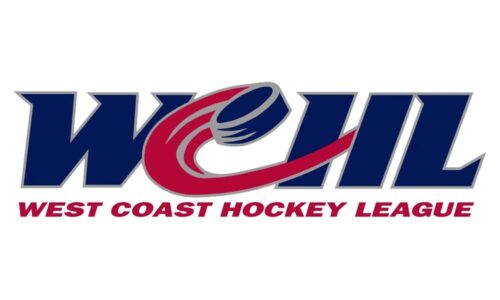 West Coast Hockey League Logo PNG
West Coast Hockey League Logo PNG
The West Coast Hockey League (WCHL) was a professional minor league ice hockey organization that operated primarily on the West Coast of the United States. Established in 1995, the league was founded to provide a platform for hockey talent in the western regions of the country. Owned by Steven Ryan, the WCHL aimed to promote competitive hockey and develop players for higher levels of the sport. The league operated in various cities across California, Alaska, Arizona, Idaho, and Nevada. By fostering local interest in hockey and supporting the growth of the sport in non-traditional markets, the WCHL played a significant role in the expansion of hockey culture on the West Coast.
Meaning and history
The West Coast Hockey League was founded in 1995 by retired professional hockey player and entrepreneur Steven Ryan. The league’s inception was driven by the vision of creating a robust hockey presence in the western United States, where ice hockey had not traditionally been a major sport. Ryan’s initiative aimed to tap into the growing interest in hockey and provide a structured, competitive environment for players, coaches, and fans.
Throughout its operational years, the WCHL achieved several notable milestones. The league successfully expanded to include teams in diverse locations such as Anchorage, Alaska; Fresno, California; and Phoenix, Arizona. This geographic spread helped to cultivate a broader fan base and introduce the sport to new audiences. One of the league’s significant achievements was its role in developing players who would go on to play in the National Hockey League (NHL) and other professional leagues. The WCHL also garnered attention for hosting the annual Taylor Cup, which became a prestigious event within the minor league hockey community.
In addition to player development, the WCHL made substantial contributions to community engagement and youth hockey programs. Teams frequently held clinics, workshops, and events aimed at nurturing young talent and fostering a love for the game. The league’s community initiatives helped to establish strong local ties and ensure the sport’s growth at the grassroots level.
However, despite its successes, the WCHL faced several challenges, including financial instability and competition from other hockey leagues. These issues ultimately led to the league’s merger with the East Coast Hockey League (ECHL) in 2003. This merger marked the end of the WCHL as an independent entity but allowed for the continuation of its legacy within a larger and more financially stable organization.
Today, the impact of the West Coast Hockey League can still be felt in the regions it served. Many of the teams that originated in the WCHL continue to thrive under the ECHL umbrella, contributing to the ongoing popularity and development of hockey on the West Coast. The league’s efforts in promoting the sport and providing a platform for aspiring hockey players remain a significant part of its enduring legacy.
What is West Coast Hockey League?
The West Coast Hockey League was a professional minor league ice hockey organization that operated in the western United States from 1995 to 2003. Founded by Steven Ryan, it aimed to promote and develop hockey in non-traditional markets. Despite facing financial challenges, its merger with the ECHL allowed its legacy to continue.
1995 – 1996
The original West Coast Hockey League logo (1995) depicted large black letters “WCHL” in a serif font. The lettering was over-italicized, which created a dynamic feel. It was emphasized by red horizontal strokes and the posture of the hockey player placed to the right of the lettering.
1997 – 2003
While the second WCHL logo was utterly different, it still preserved the idea of motion and, of course, the name of the league. This time, the logo looked dynamic due to the way a hockey puck was depicted – it left a long red tail behind, which formed the letter “C.”









